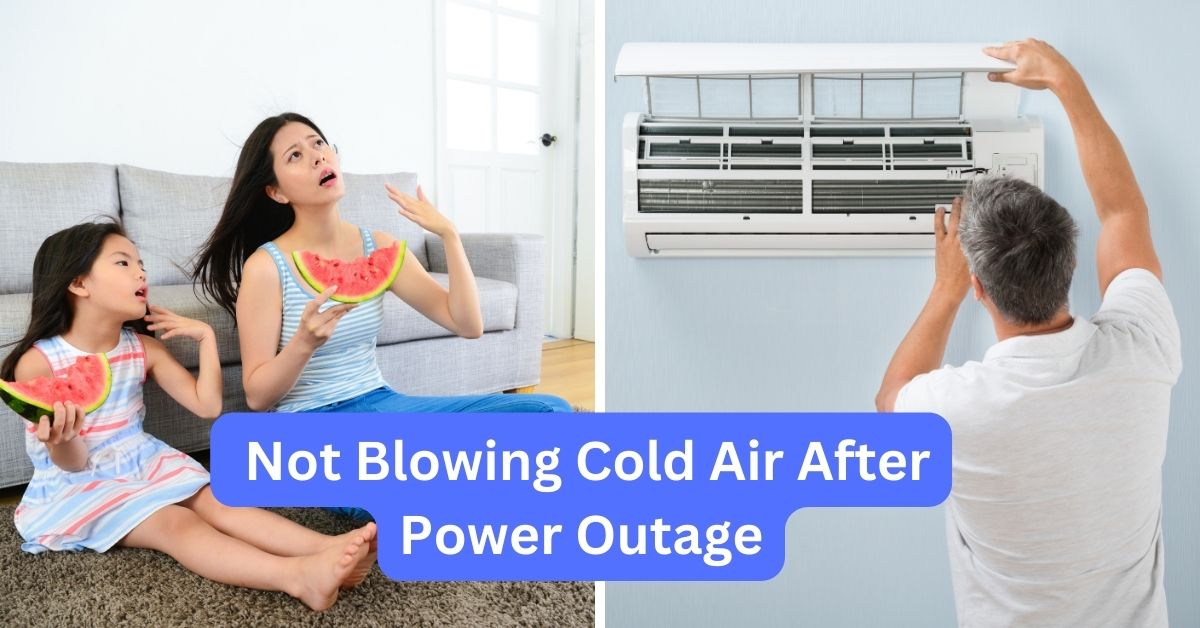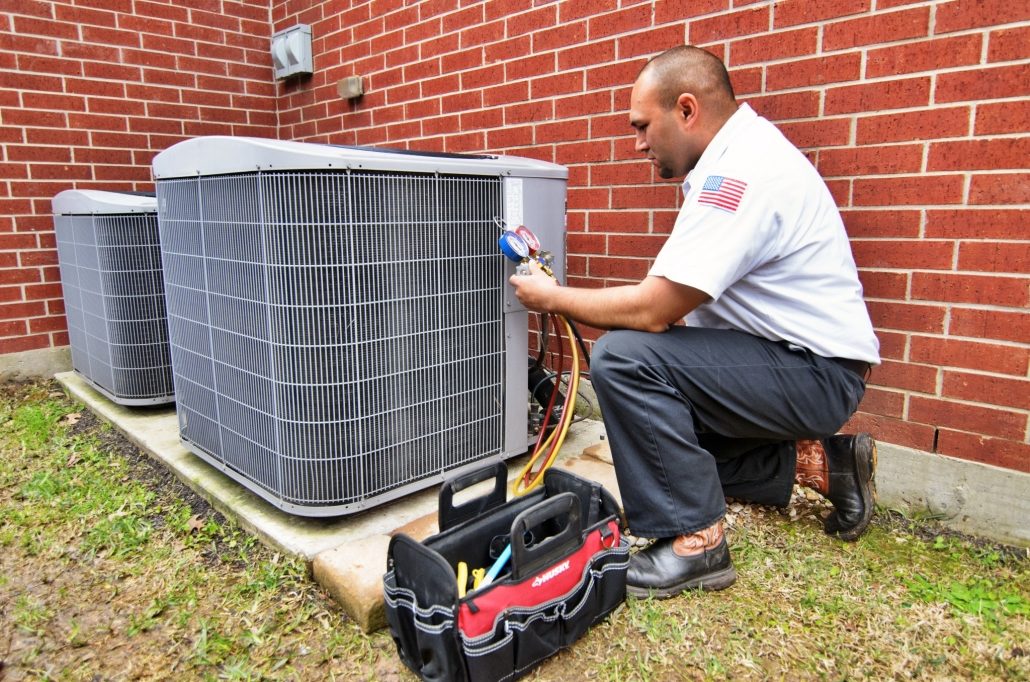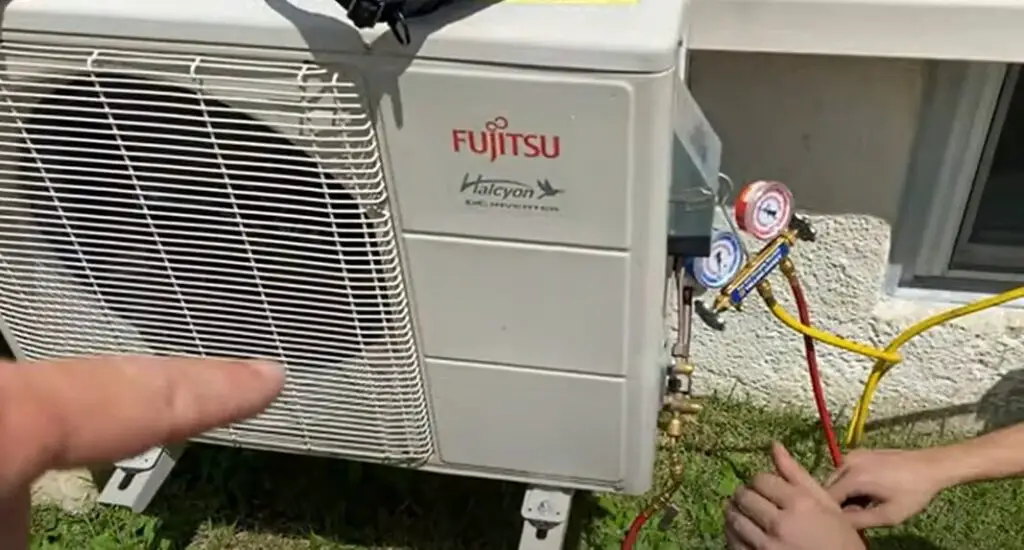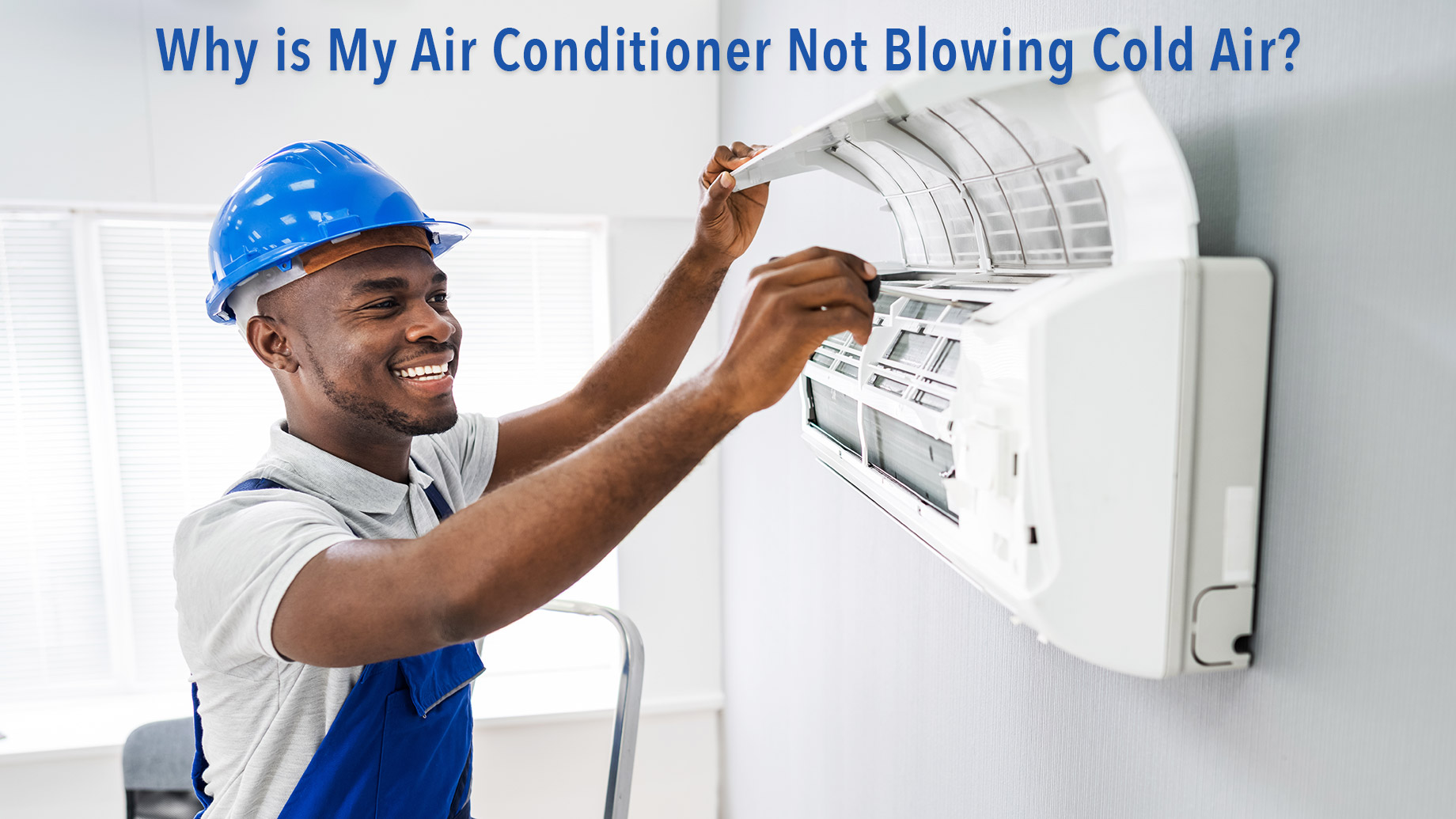Air Conditioner Not Putting Out Cold Air

Frequently Asked Questions: Air Conditioner Not Putting Out Cold Air
Is your air conditioner blowing warm air when it should be cooling your home or office? This is a common problem, and often, it can be resolved with a little troubleshooting. Here are some answers to frequently asked questions that can help you diagnose and potentially fix the issue before calling a professional.
Q: Why is my air conditioner blowing warm air instead of cold air?
There are several reasons why your AC might not be cooling properly. Here are some of the most common:
- Refrigerant Leaks: Low refrigerant levels are a frequent culprit. Refrigerant is the substance that cools the air, so a leak will significantly impact performance.
- Dirty Air Filter: A clogged air filter restricts airflow, making your AC work harder and less efficiently. This can lead to the unit overheating and blowing warm air.
- Dirty Condenser Coils: The condenser coils are located outside and release heat. If they are covered in dirt, debris, or vegetation, they can't do their job effectively.
- Frozen Evaporator Coils: Frozen coils inside your air handler restrict airflow, similar to a dirty filter. This can occur due to low refrigerant, a dirty air filter, or a malfunctioning blower motor.
- Blocked or Leaky Ductwork: If your ductwork has leaks or blockages, the cool air your AC produces might be escaping or not reaching the intended rooms.
- Compressor Problems: The compressor is the heart of your AC system. If it fails, the unit won't cool properly. This is a more serious issue requiring professional attention.
- Thermostat Issues: Make sure your thermostat is set correctly to "cool" and the desired temperature is lower than the current room temperature. A faulty thermostat can also prevent the AC from cooling.
Q: How do I check the air filter, and how often should I replace it?
Checking and replacing your air filter is one of the simplest and most important maintenance tasks you can perform. Here's how:
- Locate the Filter: The air filter is typically located in the indoor unit, often behind a removable panel or grill. It might also be near the return air vent. Consult your AC unit's manual if you're unsure.
- Inspect the Filter: Remove the filter and hold it up to the light. If you can't see much light through it, it's likely dirty and needs replacing.
- Replace the Filter: Purchase a new filter of the correct size and type (check your AC unit's manual for specifications). Slide the new filter into place, ensuring the arrow on the filter points in the direction of the airflow.
How often to replace: Generally, you should replace your air filter every 1-3 months, depending on factors like:
- Pets: Homes with pets need more frequent filter changes (every month or even more often).
- Allergies: If you have allergies, more frequent changes can help improve air quality.
- Usage: If you run your AC frequently, the filter will get dirty faster.
Check your filter monthly and replace it when it looks dirty. A clean filter keeps your system running efficiently and improves indoor air quality.
Q: How do I clean the outdoor condenser coils?
Cleaning the condenser coils is crucial for efficient cooling. Here's a step-by-step guide:
- Turn off the Power: Before you begin, always turn off the power to the AC unit at the breaker box. This is essential for your safety.
- Remove Debris: Clear away any visible debris, such as leaves, twigs, grass clippings, and dirt, from around the unit and the coils. A soft brush or vacuum cleaner attachment can be helpful.
- Use a Fin Comb (Optional): If the fins on the coils are bent, use a fin comb to gently straighten them. This will improve airflow.
- Rinse the Coils: Use a garden hose with a gentle spray nozzle to rinse the coils from the inside out. Avoid using a high-pressure spray, as this can damage the fins.
- Consider Coil Cleaner: For heavily soiled coils, you can use a commercially available coil cleaner. Follow the instructions on the cleaner carefully. Ensure the cleaner is specifically designed for AC condenser coils.
- Rinse Again: After using a coil cleaner, rinse the coils thoroughly with water to remove any residue.
- Allow to Dry: Let the coils dry completely before turning the power back on.
Cleaning the condenser coils once or twice a year can significantly improve your AC's performance.
Q: How do I know if my AC has a refrigerant leak?
Identifying a refrigerant leak can be tricky, but here are some common signs:
- Warm Air: The most obvious sign is that your AC is blowing warm air instead of cold air.
- Ice on Refrigerant Lines: Check the copper refrigerant lines connected to the outdoor unit. If you see ice forming on them, it could indicate a leak.
- Hissing or Bubbling Sounds: You might hear a hissing or bubbling sound coming from the AC unit, which could be the sound of refrigerant escaping.
- Increased Energy Bills: A leaking AC unit has to work harder to cool your home, leading to higher energy bills.
- Visible Oil Residue: Sometimes, you might see an oily residue near the refrigerant lines or connections, which can indicate a leak.
- Longer Cooling Cycles: Your AC may run for longer periods to try to reach the set temperature.
Important: Refrigerant leaks should only be handled by a licensed HVAC technician. Refrigerant is harmful to the environment, and handling it requires specialized equipment and training. Do not attempt to repair a refrigerant leak yourself.
Q: What if my evaporator coil is frozen?
A frozen evaporator coil restricts airflow and prevents your AC from cooling properly. Here's what to do:
- Turn off the AC: Immediately turn off your AC system. This will allow the ice to melt.
- Check the Air Filter: A dirty air filter is a common cause of frozen evaporator coils. Replace the filter if it's dirty.
- Ensure Adequate Airflow: Make sure that vents are open and not blocked by furniture or other obstructions.
- Turn on the Fan: Turn on the AC fan to circulate air over the coils and speed up the melting process.
- Wait for the Ice to Melt: Allow several hours for the ice to melt completely. Do not attempt to chip or scrape the ice off, as this could damage the coils.
- Check for Refrigerant Leaks: After the ice has melted, turn the AC back on and monitor its performance. If the coil freezes again quickly, you likely have a refrigerant leak or another underlying problem.
If the problem persists, it's best to call a qualified HVAC technician to diagnose and repair the issue.
Q: When should I call a professional HVAC technician?
While some AC problems can be resolved with simple troubleshooting, others require professional help. Call a qualified HVAC technician if:
- You suspect a refrigerant leak. Refrigerant leaks require specialized equipment and expertise to repair safely and effectively.
- The compressor is making strange noises or not working. Compressor problems are complex and require professional diagnosis and repair.
- The evaporator coil freezes repeatedly. This indicates an underlying issue that needs to be addressed by a technician.
- You're not comfortable working with electrical components. AC systems involve high voltage, and it's essential to prioritize safety.
- You've tried troubleshooting the common issues and your AC is still not cooling. At this point, it's likely that there's a more complex problem that requires professional attention.
- You suspect ductwork issues. Diagnosing and repairing ductwork problems often requires specialized equipment and knowledge.
- Your AC unit is old and inefficient. A technician can assess your unit's performance and recommend whether it's time for a replacement.
Attempting to repair complex AC problems without the proper knowledge and tools can be dangerous and could potentially damage your system further. It's always best to err on the side of caution and call a professional.
By understanding these common issues and taking proactive steps, you can help keep your air conditioner running efficiently and comfortably all season long. Remember to prioritize safety and consult a professional when necessary.










